Which Skincare Ingredients Should Never Be Mixed?

Author: Tommy Tang | Founder at Ridgepole
Hi, I'm Tommy Tang, here to share my expertise in skincare with you.
Table of Contents
I once tested a skincare formula expecting great results—only to wake up with red, irritated skin. Turns out, I mixed two powerful ingredients that canceled each other out, making my skin worse instead of better.
Many skincare formulations fail because of bad ingredient pairings. Some ingredients work together perfectly, but others cause irritation, breakouts, or render each other useless.
With that experience, I researched ingredient interactions extensively, working with skincare brands to refine their formulations. This guide is based on lab-tested data and industry best practices.
In this article, you’ll learn which skincare ingredients should never be mixed, why they clash, and how to create safer, more effective formulations. By the end, you’ll have the knowledge to avoid costly formulation mistakes.
One wrong combination can ruin an otherwise great product. Let’s make sure that doesn’t happen.
Let’s get started.
1. The Top Skincare Ingredient Combinations to Avoid
When developing skincare formulations, it’s easy to focus on the benefits of each ingredient individually. However, I found out that not all ingredients work well together, and some combinations can lead to instability, reduced efficacy, or even skin irritation. Below are the top ingredient pairings to avoid when formulating skincare:
Retinol + Alpha Hydroxy Acids (AHAs) or Beta Hydroxy Acids (BHAs)
Both retinol and exfoliating acids (glycolic, lactic, salicylic acid) increase cell turnover. When combined, they can lead to excessive peeling, irritation, and weakened skin barrier, making formulations unsuitable for sensitive skin users.
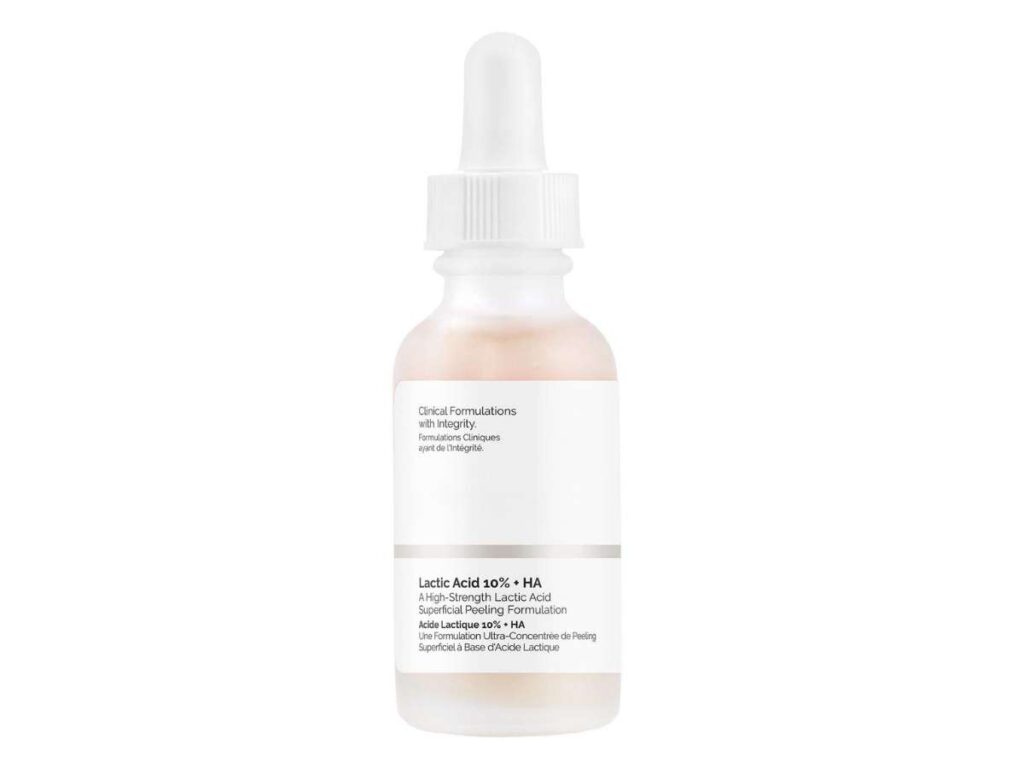
Vitamin C + Niacinamide
These two actives have different pH levels, and combining them may cause temporary redness or reduced efficacy due to niacinamide altering vitamin C’s absorption rate. While modern research suggests they can be used together under specific conditions, instability remains a concern in certain formulations.

Benzoyl Peroxide + Retinol
Benzoyl peroxide can oxidize retinol, reducing its potency. Additionally, both ingredients are known for drying effects, making this combination more likely to cause irritation, flakiness, and barrier disruption in skincare formulations.
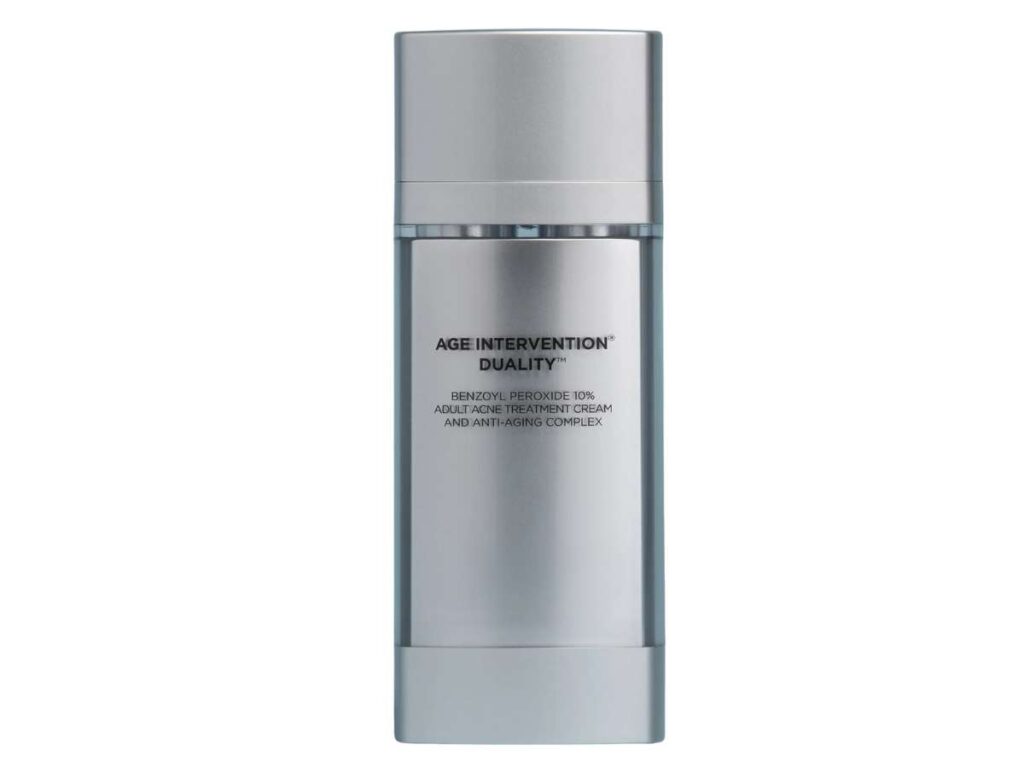
Vitamin C + AHAs/BHAs
Vitamin C, particularly L-ascorbic acid, is highly unstable and works best at a low pH. AHAs and BHAs also function at low pH levels, but when combined, they can lead to over-exfoliation, irritation, and possible oxidative degradation of vitamin C.
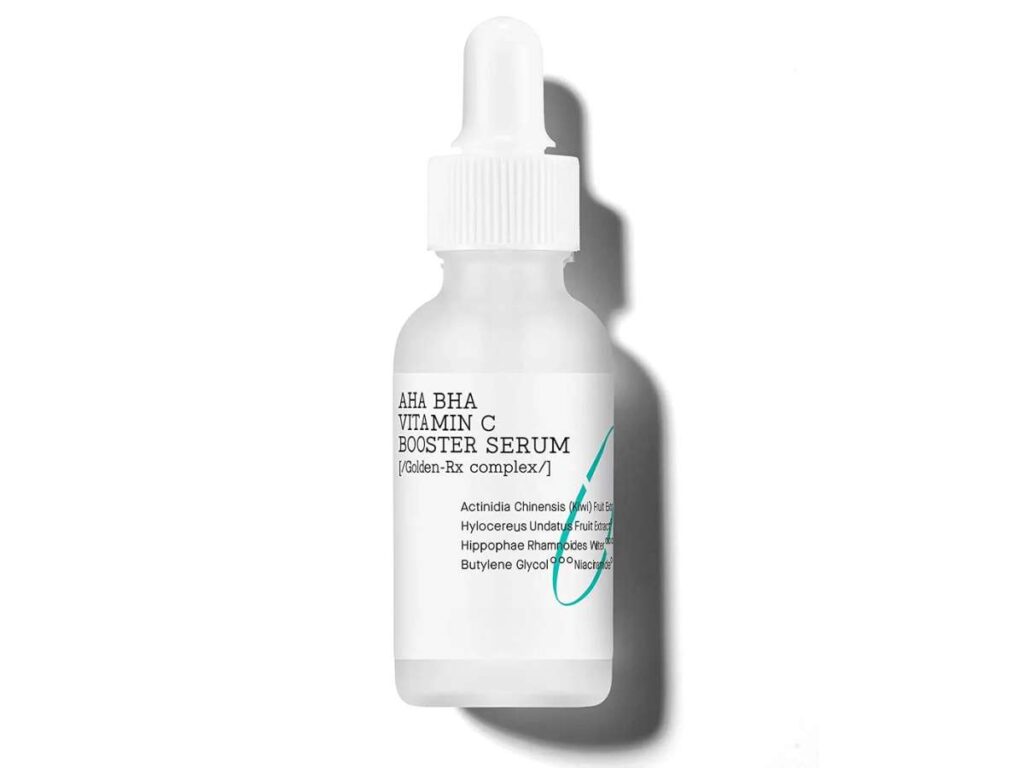
Retinol + Vitamin C
Retinol requires a neutral to slightly higher pH to function optimally, while vitamin C is most effective at a low pH. Using both in the same formulation may lead to ingredient destabilization, increased skin sensitivity, and irritation.
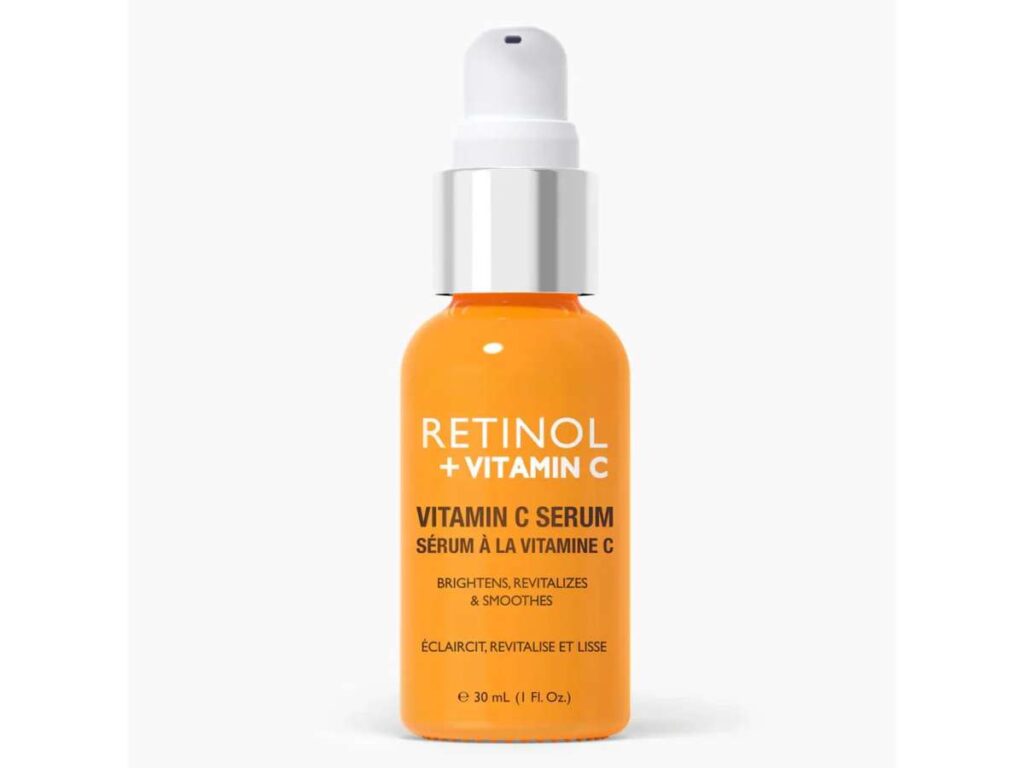
Salicylic Acid + AHAs (Glycolic/Lactic Acid)
Both salicylic acid (BHA) and alpha hydroxy acids (AHAs) are exfoliants. When combined, they may cause excessive dryness, irritation, and increased skin sensitivity, especially in products designed for daily use.
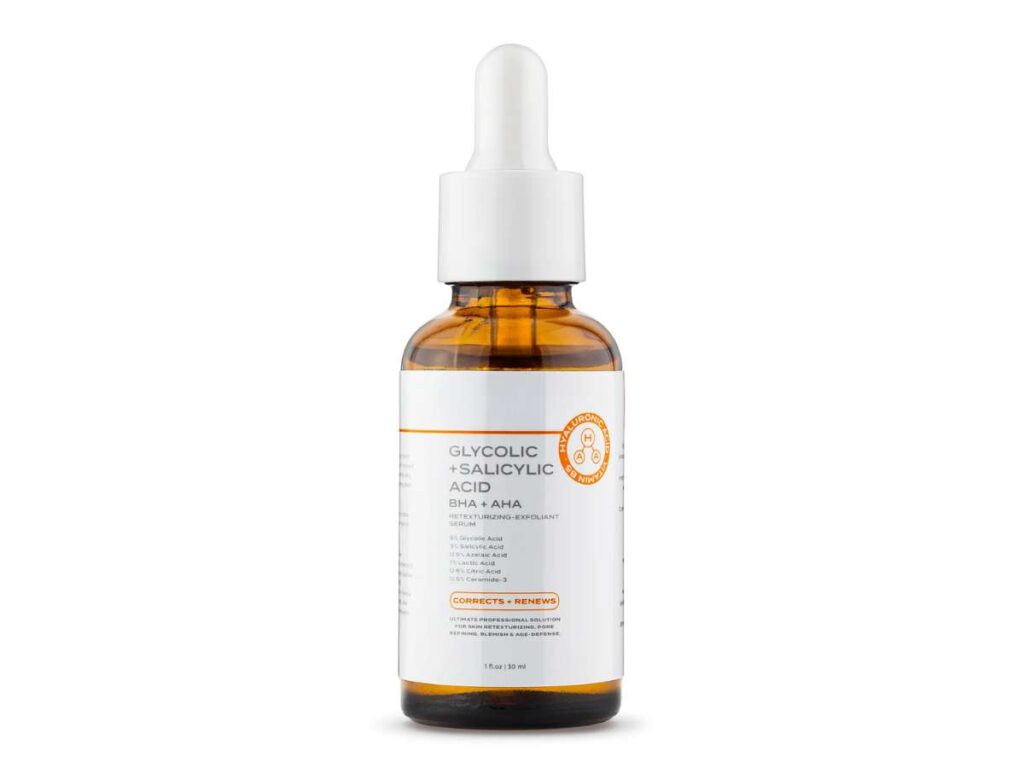
Copper Peptides + Vitamin C
Copper peptides support collagen synthesis and skin repair, but vitamin C can oxidize copper peptides, leading to reduced efficacy in formulations that require stability for long-term use.
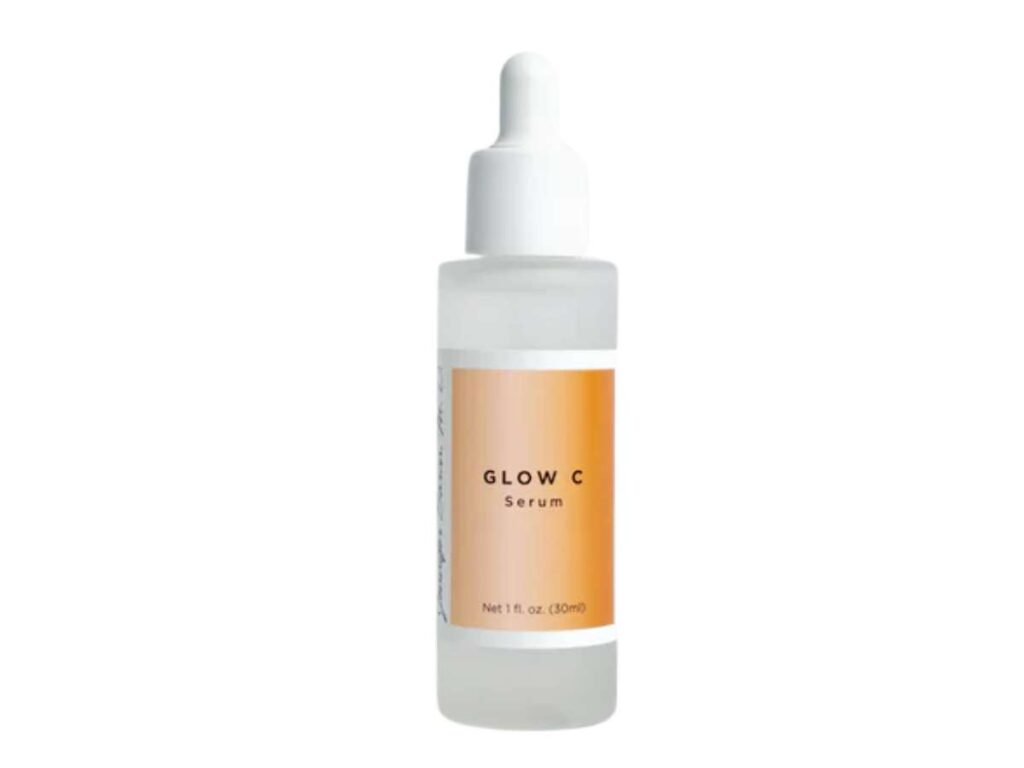
Retinol + Physical or Chemical Exfoliants
Retinol promotes skin cell turnover, and combining it with abrasive scrubs, AHAs, or enzyme exfoliants can lead to severe irritation, peeling, and compromised skin barrier function.
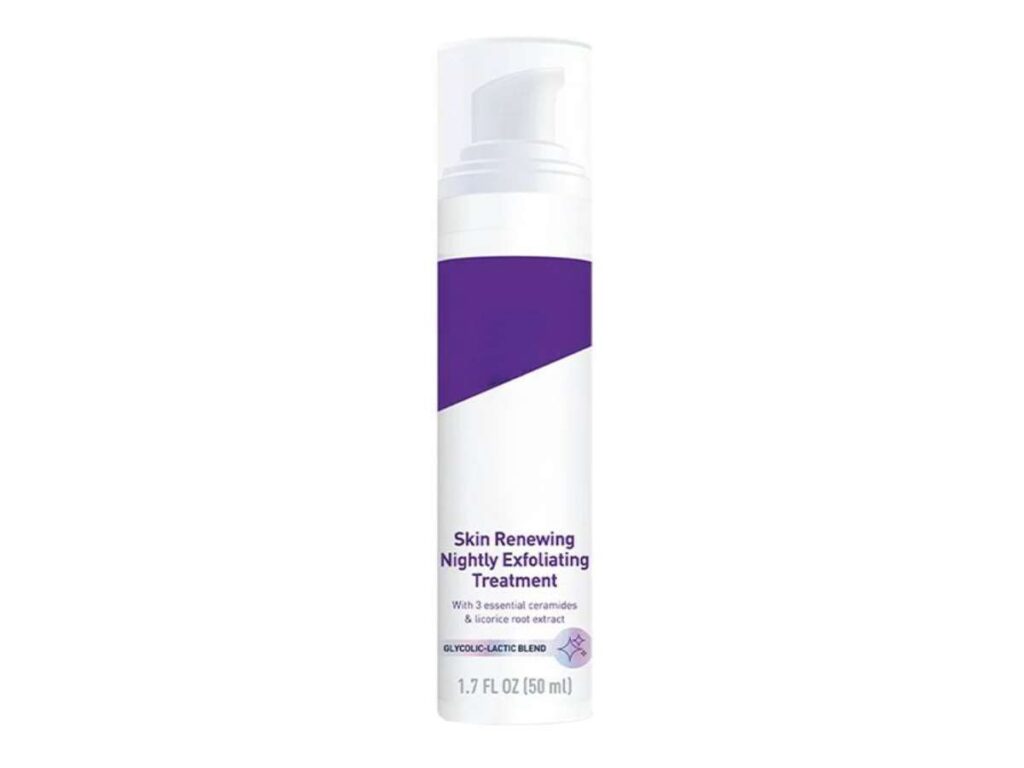
Hyaluronic Acid + AHAs/BHAs Without Proper Formulation Techniques
Improper formulation of hyaluronic acid with exfoliating acids can cause it to pull moisture away from the skin instead of delivering hydration, leading to unexpected dryness and irritation in final products.
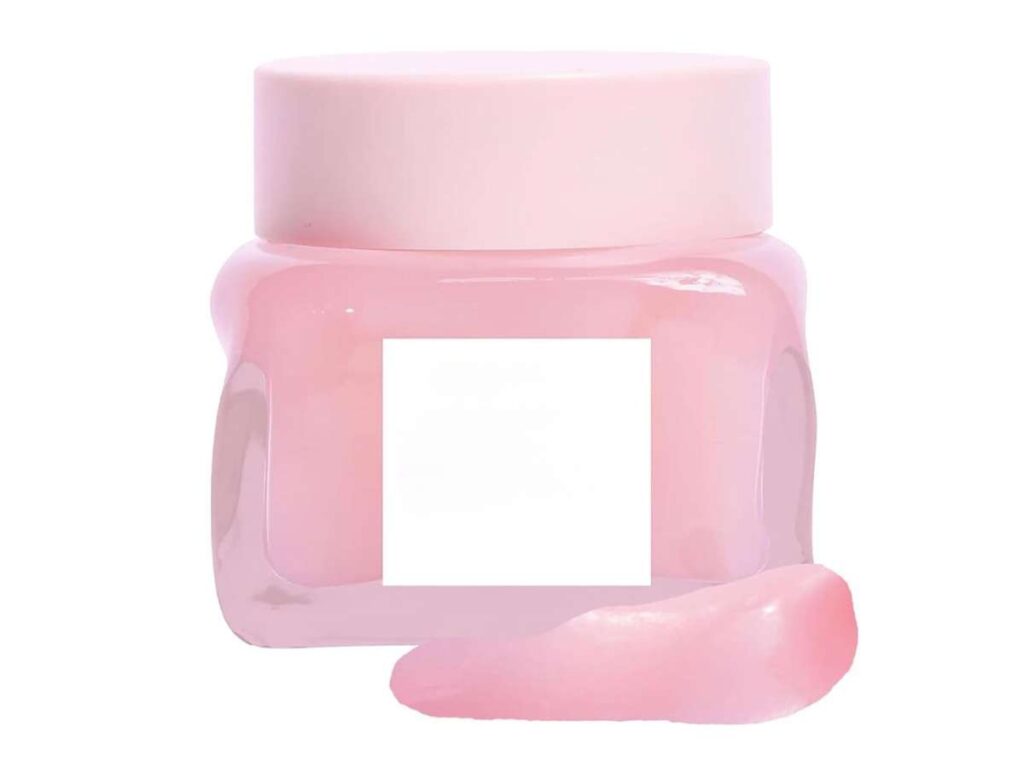
2. Why These Ingredients Should Not Be Mixed
When the ingredients listed above are mixed, there are several negative effects that can impact your customers’ skin. These effects range from mild irritation to long-term skin damage, leading to dissatisfied customers and potential liability concerns. Here are some of the common issues that arise when incompatible ingredients are combined:
Increased Risk of Hyperpigmentation
Certain ingredients, like citrus essential oils with sunscreen or high concentrations of AHAs without proper sun protection, can make the skin more vulnerable to sun damage. This can cause:
- Dark spots and uneven skin tone, especially in customers with deeper skin tones.
- Sunburn risk, leading to discomfort and long-term skin damage.
- Lowered trust in the brand, as consumers may not understand that the product is making their skin more photosensitive.
Increased Skin Sensitivity and Irritation
Combining highly active ingredients, like vitamin C and niacinamide or benzoyl peroxide and retinol, can lead to inflammation and irritation instead of delivering the expected skincare benefits. Symptoms may include:
- Burning or stinging sensation, making the product uncomfortable to use.
- Redness and flushing, particularly for sensitive skin types.
- Patchy skin tone, where some areas appear irritated while others look normal.
Reduced Product Effectiveness
Some ingredient combinations neutralize each other, rendering them ineffective. This can lead to:
- Lack of visible results, making the customer believe the product is a waste of money.
- Inconsistent performance, where some users see benefits while others don’t.
- Shortened shelf life, as unstable ingredients degrade faster in storage.
3. Safe Skincare Ingredient Combinations That Work Well Together
Once I figured out which ingredients not to mix, I focused on pairings that actually complement each other. These combinations enhance effectiveness, improve stability, and reduce irritation.
Vitamin C + Ferulic Acid + Vitamin E
I’ve seen firsthand how this combination extends Vitamin C’s shelf life and makes it more effective against environmental damage.
Why does it work:
- Ferulic acid stabilizes Vitamin C, preventing oxidation.
- Vitamin E strengthens the skin barrier and enhances absorption.
- Together, they boost antioxidant protection and improve skin brightness.
Hyaluronic Acid + AHAs or BHAs
One of the biggest concerns with exfoliating acids is dryness. Adding hyaluronic acid helps prevent this by keeping skin hydrated and resilient.
Why does it work:
- AHAs/BHAs remove dead skin cells, improving absorption.
- Hyaluronic acid replenishes moisture, reducing irritation.
Ceramides + Peptides
This is my go-to combination for strengthening the skin barrier and promoting elasticity.
Why does it work:
- Ceramides restore the lipid barrier, preventing moisture loss.
- Peptides stimulate collagen production, supporting skin firmness.
- Improved hydration, smoother texture, and better resilience.
Retinol + Hyaluronic Acid
Retinol is a powerhouse ingredient for anti-aging, but it can be dried. Pairing it with hyaluronic acid helps counteract irritation while maintaining effectiveness.
Why Does It Work?
- Retinol stimulates cell turnover, improves texture and reduces fine lines.
- Hyaluronic acid keeps skin plump, reducing irritation and dryness.
- The result? A well-balanced formula that delivers anti-aging benefits without excessive peeling.
4. Professional Tips to Avoid Ingredient Conflicts
Avoiding ingredient conflicts in skincare formulations is essential for product stability and consumer safety. Here are expert strategies to ensure your product formulations remain safe, stable, and effective:
Tip #1 Conduct Stability and Compatibility Testing
Before launching a product, perform stability tests to check how ingredients interact over time. This helps prevent:
- Separation and oxidation, which can degrade active ingredients.
- Changes in texture, smell, or color, which signal instability.
- pH shifts, which can deactivate key ingredients or make the formula too harsh.
Pro Tip: Use accelerated stability testing to evaluate shelf life under different temperatures and storage conditions.
Tip #2 Use Encapsulation Technology for Sensitive Actives
Encapsulation helps stabilize sensitive ingredients and prevents direct contact between conflicting compounds. This technique:
- Protects retinol from oxidation, increasing its shelf life.
- Prevents vitamin C from degrading in light and air.
- Allows benzoyl peroxide and retinol to be used in the same routine without irritation.
Pro Tip: Look for liposomal or microencapsulated versions of ingredients to reduce reactivity in formulations.
Tip #3 Work with Cosmetic Chemists and Regulatory Experts
Formulating safe and high-performance skincare requires expertise in ingredient chemistry, stability, and compliance.
- Ensure all formulations meet FDA, EU Cosmetic Regulation (EC No. 1223/2009), and ISO safety standards.
- Avoid restricted or controversial ingredients that may lead to bans or recalls.
- Consult with formulation chemists to validate ingredient interactions.
Pro Tip: Keep up with cosmetic science advancements and regulatory changes to stay ahead of formulation challenges.
Conclusion
Now that you understand which combinations to avoid, the next step is ensuring your formulations meet both safety and performance standards.
Skincare ingredient conflicts can lead to product recalls, dissatisfied customers, and damaged brand reputation.
Ridgepole offers expert formulation support to help you address ingredient compatibility issues before they reach the market. We specialize in creating effective formulations that meet customer expectations.
Contact us today to learn how our team can help you reduce formulation risks and improve product outcomes.
Check Out These Additional Resources
Not quite what you’re looking for? Explore our wider product range for more choices:
Still haven’t found what you’re looking for? Don’t hesitate to contact us. We’re available around the clock to assist you.
Quick Quote
Own Your Private Label Cosmetic Line Is No Longer Difficult Here!





